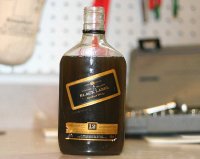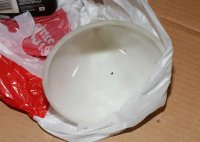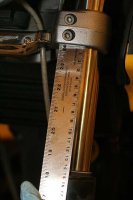NeroGuzzi
Cruisin' Guzzisti
3ackok said:Thanks for your answers. I didn't remove the fork from the bike, I started to work according to Graham's instructions. Loosened bolts holding handle bar riser and tried to remove the top cap from the fork. I even tried to do it with the adjuster bolt in full out position, but it didn't help. Hard to imagine both forks legs to be defective, but I don't know what else to think.
3ackok:
The instructions specify to loosen the top cap at the beginning. You will not remove the top cap until you have removed the forks from the bike. If you have gone 180 degrees, I would say that is definitely enough. Do not loosen anymore. Continue with the rest of the instructions. Hopefully the threads are okay.



